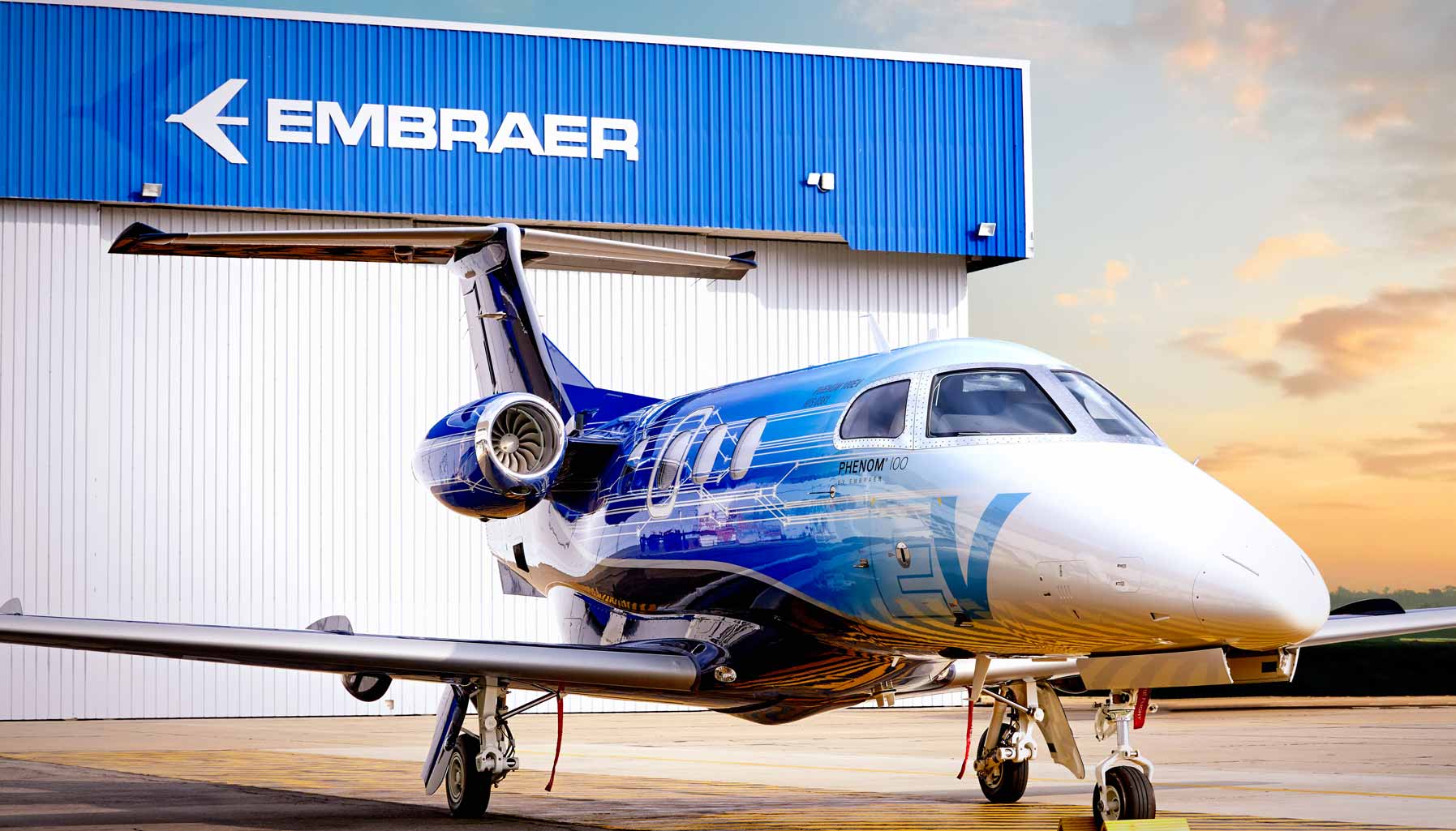You don’t know this, but there are businesses that specialise in repurposing parts from corporate and private jets
A growing number of corporate aircraft is reaching the end of their useful lives, priced out of the sky by costly maintenance or renovations – and tighter regulation. For some owners, the upgrades just aren’t worth the required expense.
A Learjet 60, for example, may need a S$5.7 million overhaul of its engines, but after that, its market value may be only S$2.1 million. It can’t fly until the work is done, but who wants to toss such a big chunk of cash into a slipping investment?
Enter the recycler. There’s a steep rise in the number of business jets being sidelined, according to Mark Gregory, managing director of UK-based specialist Air Salvage International. “A lot are being pulled from service because of the cost of overhauling equipment,” he says. The good news? There is money to be made from parked planes. “It’s not just scrap metal,” says Gregory. “Its value as spare parts could equal or exceed its value as a flying machine.”
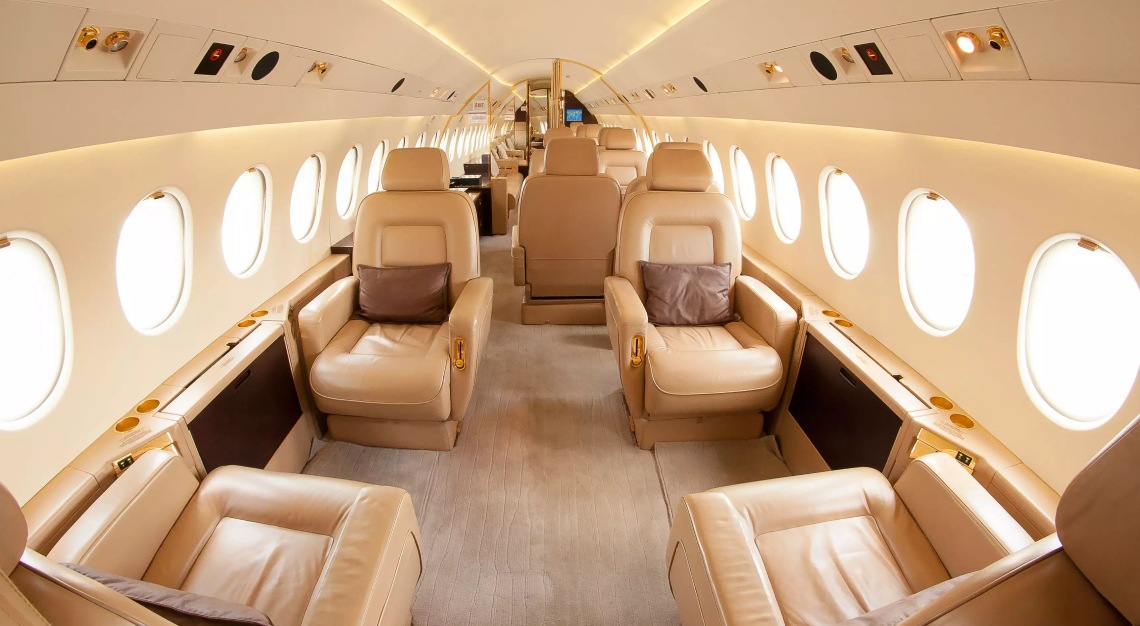
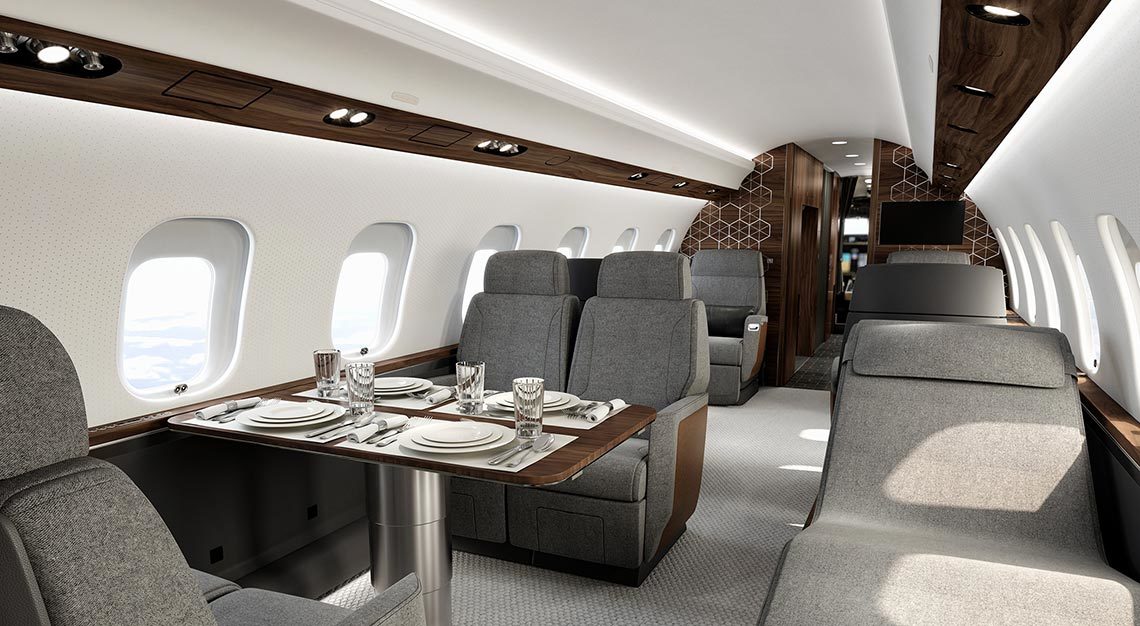

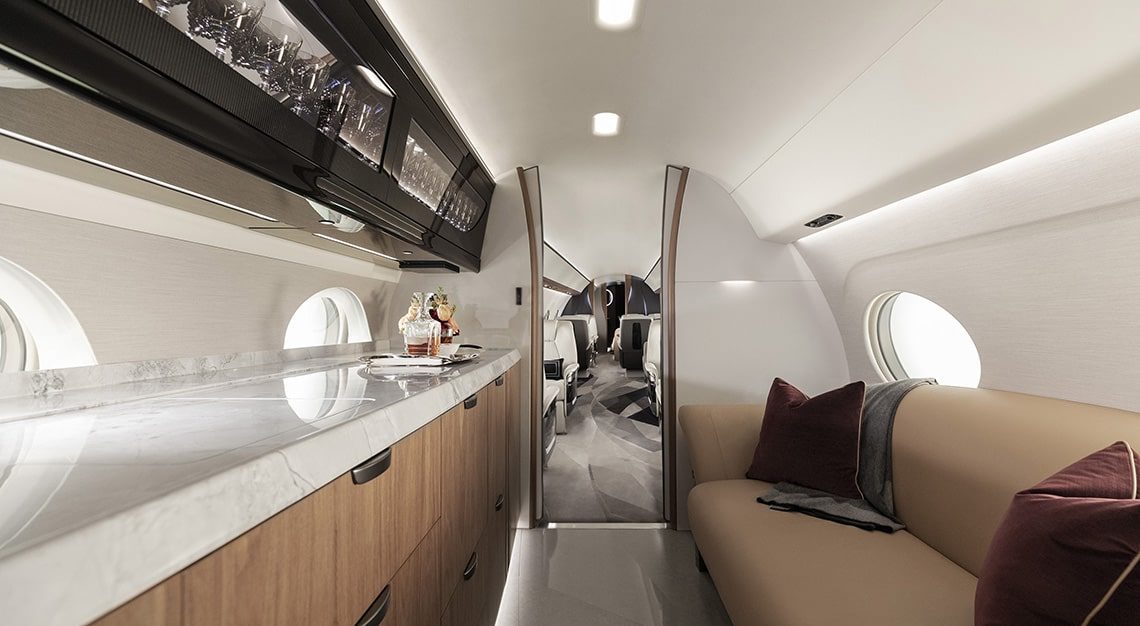
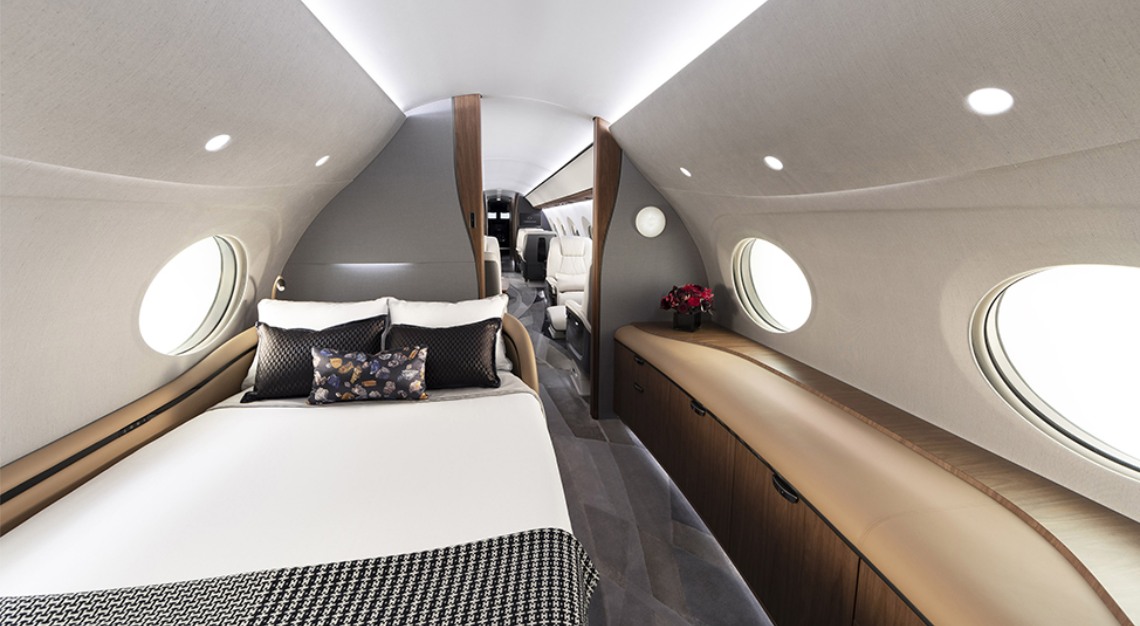
Organisations that specialise in business-jet parts, like Allaero in the UK or Dodson International in Kansas, may take the aircraft off the owner’s hands for a little less than the total value of its components. And those individual items may have a lot of life left. Paul Greasley, a director at Allaero, says business jets may fly only 5,000 to 10,000 hours in their lifetimes – nothing compared with the 50,000 hours achieved by airliners.
Of the many parts that may be recycled, the engines are usually worth the most. That’s if they’re in good condition, with plenty of time before their next big rebuild. If not, says Greasley, “they’re just boat anchors.” Landing gear, cockpit systems and avionics are also valuable. Even the airframe of a metal craft can be melted to recover the aluminium alloy – or cut up and sold to airplane-simulator companies or used to create distinctive bars. Take a super-midsized jet for example, the aluminium alloy, when separated from other scrapped parts, can fetch nearly S$30,000. And when you crunch the numbers part by part, they add up to one lump sum. An eight-passenger, all-metal jet delivered in the early 2000s, when scrapped, is able to fetch nearly S$150,000. While this is a far from the S$17 million that was paid for it, it’s enough to purchase other small collectibles as part of one’s passion pursuits.
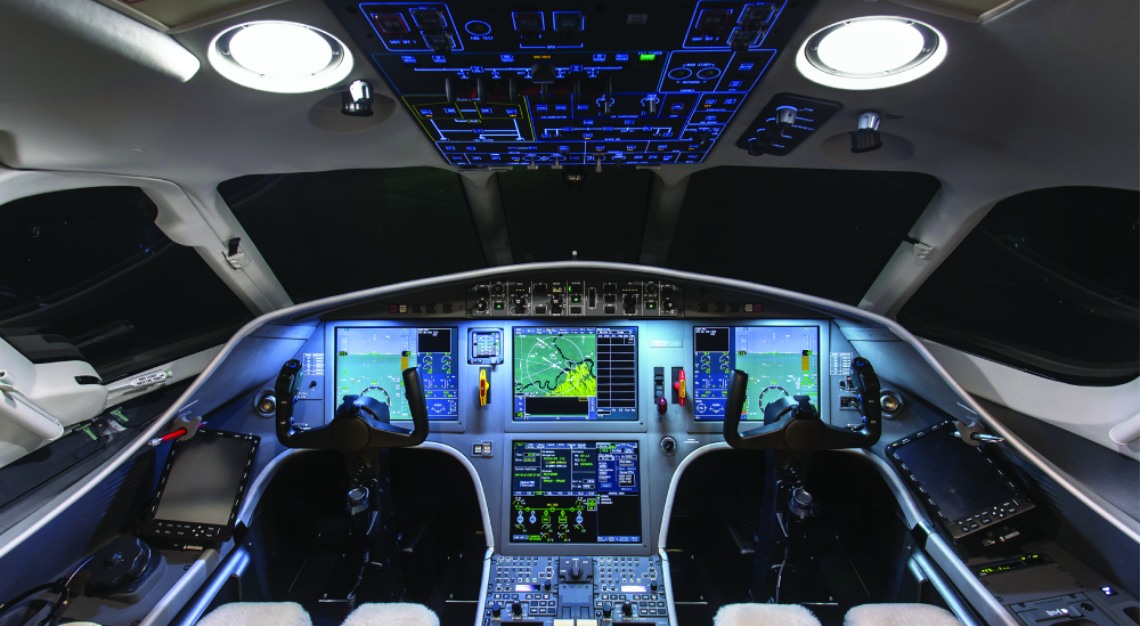
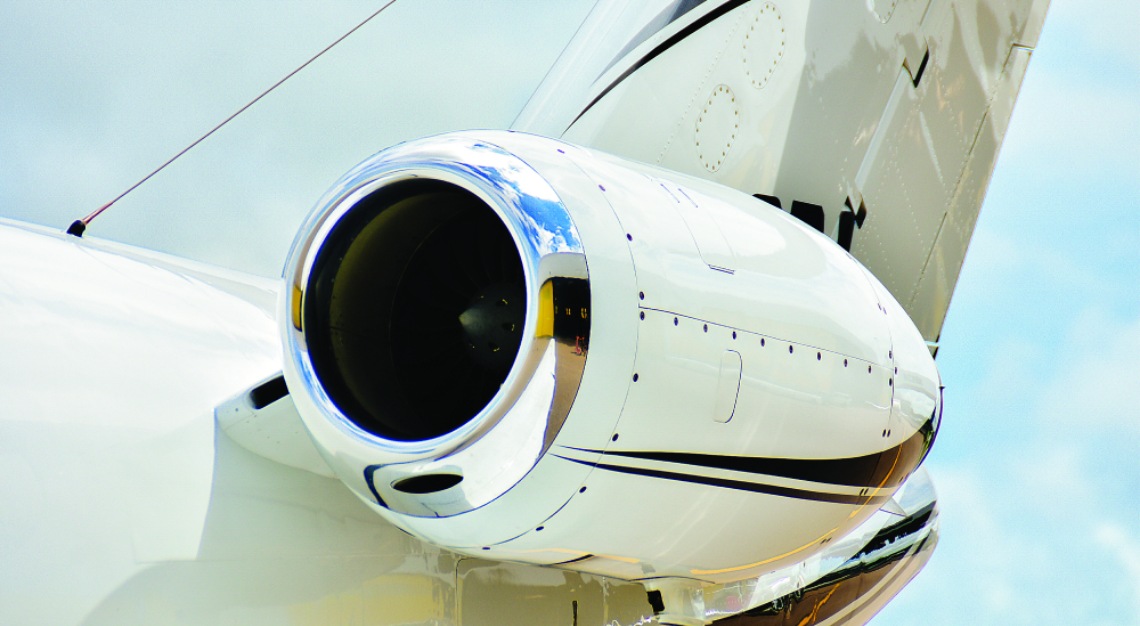
Taking older, less fuel-efficient planes out of service may also help business aviation meet carbon-neutrality goals – depending on the aircraft and other costs – as well as feed energy-intensive materials back into the system and give new juice to other jets. It’s estimated that up to 12,000 planes are expected to be retired over the next 20 years.
It takes at least 30 days to dismantle a jet. Engines are the first items to be removed – it’s important to note that up to 90 per cent of a scrapped jet’s worth made up by the engines – and sold, especially if they have enough hours left before a scheduled overhaul and complete records. The second most valuable item would be its landing gear. However, this is the last big item to be removed, given that the airframe is more difficult to move around without its wheels.
A plane’s complete cockpit displays and avionics will probably be removed intact, but tech progresses so fast that even recent flight systems may not be worth very much if too many changes are needed.
Yet another high-value item is the auxiliary power unit, a small jet engine that runs a generator and is usually fitted in the tail. As for the interiors, this really depends on how new the plane is. Those from a recent aircraft can be reused, but those from older models may only be sold for scrap, or used for training purposes.






